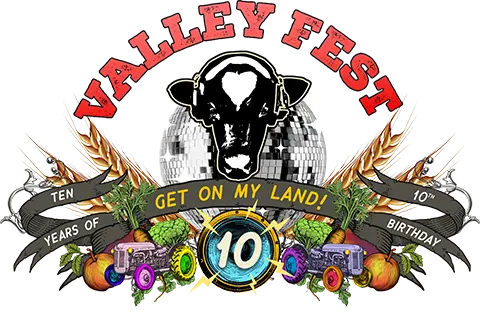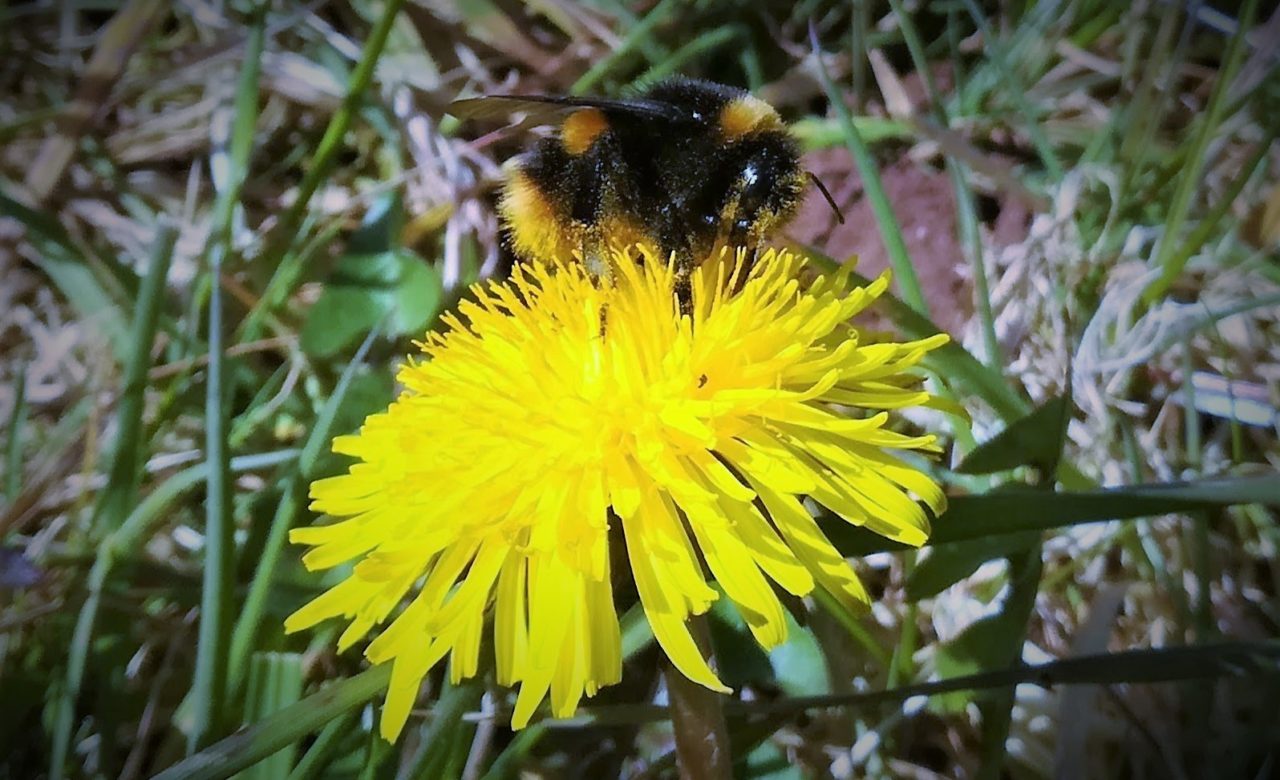The Community Farm, where Valley Fest is held are passionate about organic farming. An important aspect of that is creating field margins where all kinds of wildlife can thrive and bees and other pollinators can fill feast on the flowers. Ahead of this year’s Valley Fest where they are offering a special bee walk, they have prepared a guide for encouraging bees in your own backyard:
In the spring, rising temperatures awaken large queen bumblebees from their winter hibernation. She will build her nest, lay eggs and that first brood will become worker bees. She’ll continue laying eggs, and later in the season the worker bees will provide pollen and nectar for the Queen. As the season progresses, nests produce offspring which are not workers. New queens and males are produced in order to allow the colony to reproduce.
Many of you may know that planting lavender in your garden, which flowers in late July and August, is great as ‘bee fuel’. However it is also important to keep your garden flowering through the whole lifespan of the bee. If you plant your garden with flowers that come into bloom from February to October then you’re really helping bees continue their life-cycle.
The Royal Horticultural Society have been studying which plants are best for pollinators. They’ve found that a mixture of native and non-native plants provide the best resources. Non-native plants can prolong the flowering season, providing an additional food source for bees. Asters, sometimes called Michaelmas Daisies, are non-native and they flower in September and October. Bees absolutely love them! The spring flowers in March are ideal for bees too. Try planting wallflowers, primrose, forget-me-knots, daffodil or best of all pulmonaria and lungwort.
Moving into May and June, foxglove and Iris sibirica are great for bees and you can add tulips too. Echinops, sometimes called the blue globe thistle, are amazing at attracting bees in mid-summer as is hollyhock. You can also sow a ‘mini wildflower meadow‘, licensed by the RHS, which will provide some summer flowering British wild flowers like cornflower, poppies, oxeye daisies, corn marigolds and many more.
During Valley Fest this year, The Community Farm will be blooming with wild knapweed and scabious, a blue/purple flowering honeysuckle. They make a good summer combo as they attract both bees and butterflies. Sedum is another good late flowering plant. We are increasingly combining native wildflowers with ornamental flowers on The Farm’s borders and in summer you can really hear the buzz!
Happy gardening!
Why not come and hear the buzz for yourself? The Community Farm is holding a bee walk during Valley Fest! Join us on Sunday, 12.30-13.30pm, as we tour The Farm, identifying the native bees and pointing out all the pollinator-friendly planting we’ve been doing. All welcome!
DID YOU KNOW…?
The name ‘dandelion’ comes from the French ‘dent de lion’ meaning lion’s tooth, and refers to the flower’s coarsley-toothed leaves.





